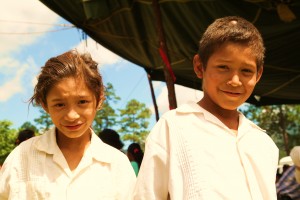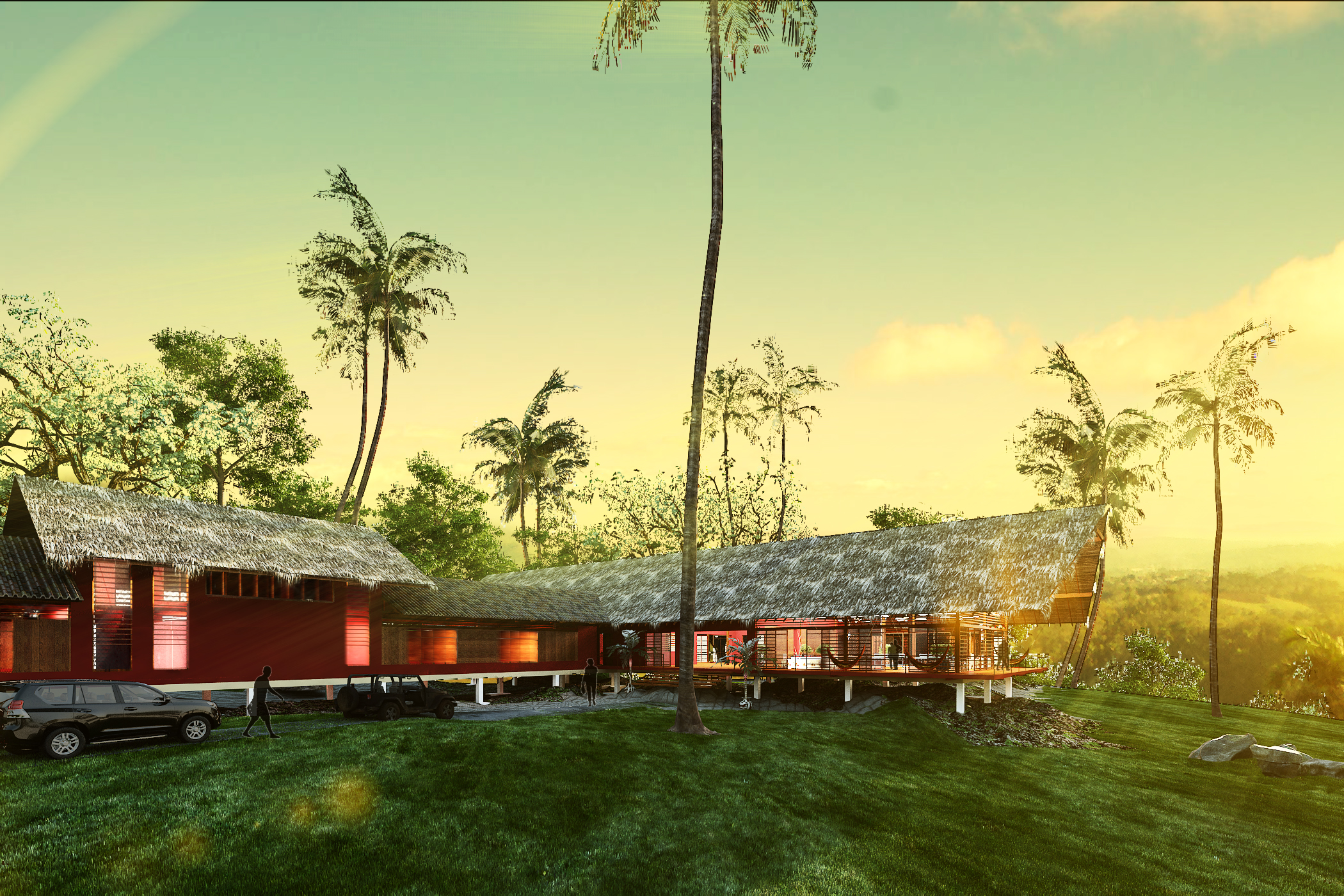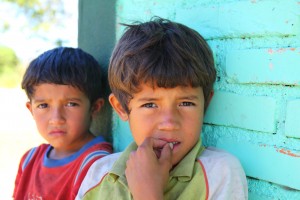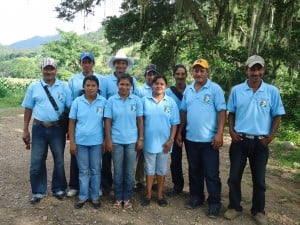(Please note, this article was originally sent out in the GB Newsletter. A typo was made in regard to the total number of patients seen by Medical Brigades in Honduras. The correct number is 62,611.)
2010 was one of the most exciting and significant years for Global Brigades, not just in terms of the sheer number of beneficiaries that were served, but also due to the launch of several sustainable development programs (the Community Health Workers Program and the Patient Referral Program), the redesign of our Medical Brigade model, our expansion to Ghana, and the hiring of new staff to bring the educational and research-based aspects of brigade programs to the next level.
We were thrilled to see over 3,300 brigaders in Honduras bring sustainable health and development solutions to an unprecedented number of Honduran community members last year: in total, Global Brigades helped serve over 80 thousand beneficiaries in Honduras in 2010 alone!
Global Brigades would like to thank all of our brigaders, Club Presidents, supporters, community partners, and staff for contributing to the success of our movement in 2010. The following information highlights some of the major successes for each of our Brigade programs in Honduras. Stay tuned to next month’s newsletter for a complete rundown of all that was accomplished in Panama in 2010.
Public Health Brigades had 414 volunteers work on projects last year. Major program successes include the formation of Basic Sanitation Committees (comprised of local community members who ensure the continued implementation of public health practices in the locality) in Joyas, El Junco, and El Encinal. Among 75 homes in the community of Joyas, projects were built in 67 homes (the remaining 8 houses were considered unoccupied or disqualified from the list of benefited houses). In total, 45 pilas, 53 latrines, 148 concrete floors, and 60 eco-stoves were built within the selected 67 homes. The Public Health Brigades program also established a close relationship with Microfinance Brigades, elaborating a payment schedule for the projects and utilizing the community banks’ access to savings as a method to increase community involvement in the continuation of construction projects. In 2010, special community-wide projects were conducted beyond the normal scope of PHB projects. These included installing 14 trash bins in Joyas, installing book shelves at the school in El Encinal, and planting 800 saplings as part of a reforestation effort in Joyas and El Junco.
Water Brigades saw 357 brigaders help work on creating water systems to provide clean drinking water to rural communities in Honduras, with a total of 1,250 direct beneficiaries. 2010 was an important year for Water Brigades with the inauguration of the completed El Zurzular water system marking Global Brigades’ first project inauguration. Monitoring and follow-up in El Zurzular proved that Water Brigades’ first completed full-scale water system was in fact improving water quality, water quantity, and overall health in the community. Water from people’s new faucets was tested for harmful bacteria and none of the samples tested positive. In addition, the El Zurzular health center, which had reported 17 cases of diarrhea in children under five years of age in the six months leading up to the initiation of the new water project, reported zero cases in the first six months after the system was completed. In 2010 Water Brigades also expanded in its ability to complete more technical projects, including the construction of two dams, two 5,000 gallon storage tanks, and various pressure break tanks. In all, Water Brigades completed three large-scale water systems in 2010 that provide water to four communities. The 357 student volunteers who contributed their time, passion, and sweat to these communities have ensured that over 1,250 people now have access to a sufficient amount of properly treated water that they did not have before.
2009 saw the initial and successful implementation of the Global Brigades Microfinance program. After training an initial 3 Cajas in 2009, 2010 saw the additional training of 2 new community banks to bring the programs influence to a total of 5 communities simultaneously, and hundreds of families. In 2010, 74 (non public health project related) loans were distributed. 92 have now bought into the Microfiance concept, and as total shareholders now participate actively in our community banks. Community members have overwhelmingly invested these loans in agriculture, using an average of 1,837 Lempiras to purchase fertilizers and other farming needs. Both incentivized and non incentivized community members have started 147 savings accounts in these communities. Caja businesses have also been a major growth factor in 2010. For example, construction is in progress for the housing of a large scale grain silo and reselling project in Pajarillos. Using student CIF and planning, two agricultural stores have been established. In Pajarillos the agricultural store has brought 5 successive shipments of profit. These businesses bring in profit which is then redistributed directly to the community members through loans.





